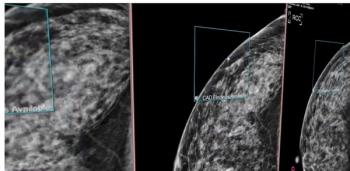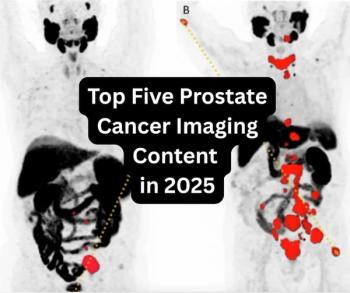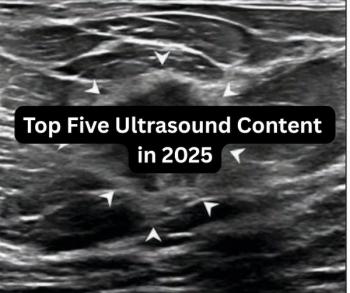Is PI-RADS Version 2.1 Outdated for Prostate MRI?
In a new point-counterpoint discussion published in the American Journal of Roentgenology, researchers debate the merits and limitations of the Prostate Imaging Reporting and Data System (PI-RADS) version 2.1.
Does the Prostate Imaging Reporting and Data System (PI-RADS) version 2.1 need an overhaul?
Debating the issue in a set of point-counterpoint articles, recently published in the American Journal of Roentgenology, researchers noted that a prevailing majority of technical specifications for the PI-RADS system haven’t changed in nearly 10 years, but the system reportedly offers a strong tool for ruling out clinically significant
Here are eight takeaways from the point-counterpoint discussion.
1. In the last decade, only 22 publications focusing on MRI have advocated for changes to the PI-RADS system and the researchers noted that
2.
3. Dr. Barrett noted that current Prostate Imaging Quality (PI-QUAL) recommendations suggest that meeting only seven of the aforementioned PI-RADS parameters facilitates optimal quality across T2-weighted, diffusion-weighted, and dynamic contrast-enhanced MRI sequences.
4. In contrast to a T2-weighted MRI-led approach recommended by the PI-RADS system, Dr. Barrett said recently published research points out that diffusion-weighted imaging MRI (DWI MRI) interpretation of the transition zone prior to T2WI MRI leads to a 36 percent improvement in specificity (90 percent) and a 16 percent increase in inter-reader agreement (73 percent).
5. Dr. Bittencourt and colleagues maintained that the current PI-RADS v2.1 system provides straightforward protocols and acquisition parameters that are “readily implementable” in 1.5 T or higher MRI scanners without the need for proprietary technology.
6. The current PI-RADS recommendations don’t reflect advances in signal-to-noise ratio (SNR) and spatial resolution driven by increased availability of synthetic b-value DWI MRI and the advent of deep learning reconstruction, according to Dr. Barrett.
7. Dr. Barrett noted that current PI-RADS recommendations do not provide guidance on the use of biparametric MRI (bpMRI).
8. Citing a 70-study meta-analysis published earlier this year, the Dr. Bittencourt and colleagues pointed out that the current PI-RADS system has a 93 percent sensitivity for excluding csPCa.
Newsletter
Stay at the forefront of radiology with the Diagnostic Imaging newsletter, delivering the latest news, clinical insights, and imaging advancements for today’s radiologists.





























